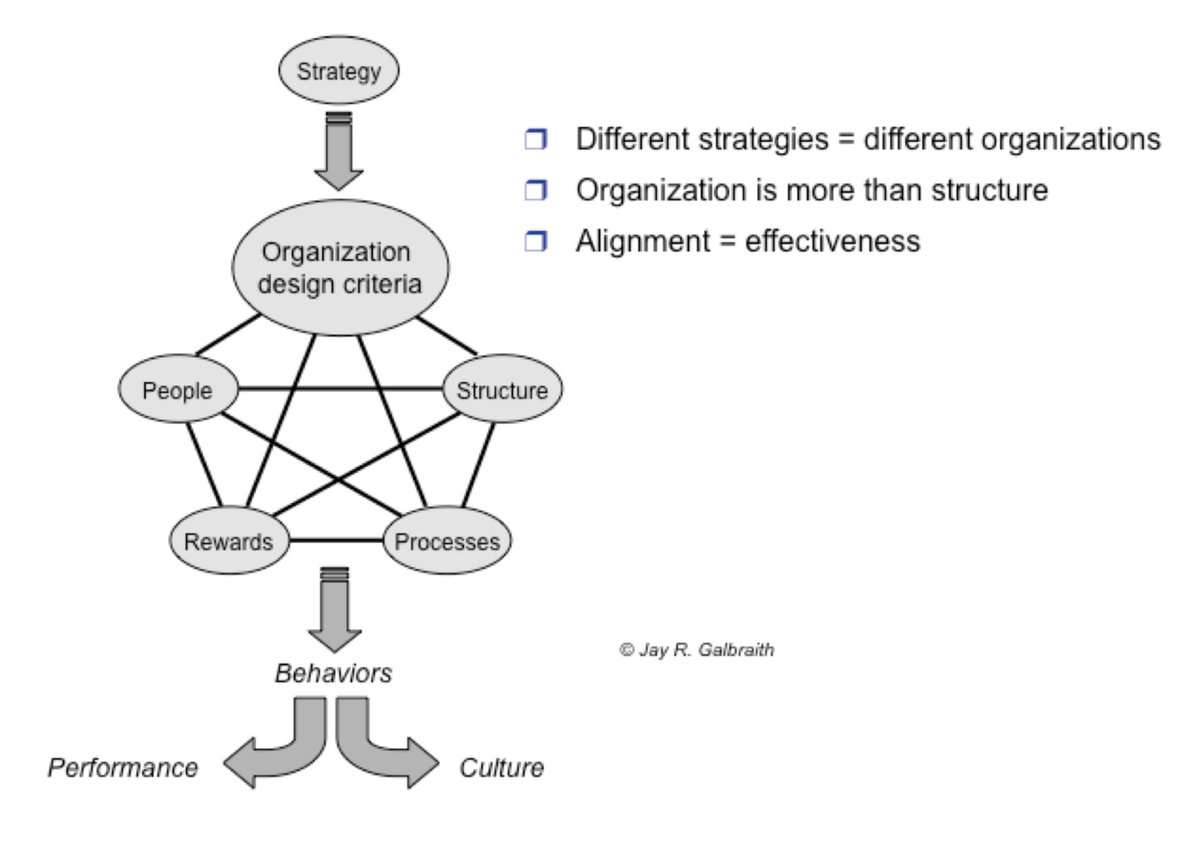Is your pricing function out-of-alignment?
By Kyle Nations
May 28, 2020
Table of Contents
Aligning people, process, strategy and culture on the road to pricing excellence.
Knowing what direction you are headed in life really matters. It’s what drives human progress and what helps organizations succeed. The same is true for the pricing function in today’s successful B2B organizations.
When misalignment occurs at scale, it can have devastating consequences to a company’s performance. Thus, the concept of alignment is now a crucial core competency for businesses that are interested in achieving competitive advantage through pricing excellence.
An important distinction
It’s first important to distinguish ‘alignment of the pricing function’ with ‘alignment of pricing’ - they are two very different things.
Price alignment can mean aligning price across products and related products, customers, segments, channels, price modes or price types; or other factors such as alignment of pricing based on factors like elasticity.
Aligning the pricing function is a much broader approach and has to do with organizational development, not the details of how specific products are priced. It leans on principles including strategy, structure , rewards, processes, behaviors and culture.
The critical units of performance are the same for each: revenue, expenses and margins. But the way you go about influencing these important outcomes using these two approaches are very different, though equally important.
Diagnosingthe problem
Most of us at some point in our careers have worked in or around a dysfunctional organization, or at least have been aware of one. Perhaps in some respects that organization had some winning characteristics: a reputable brand, loyal customers, good products or services, good people. But at the end of the day it was dogged by misalignment.
Misalignment in organizations as it relates to pricing can have a number of different indiscriminate symptoms that can put a drag on performance:
There may be fundamental confusion or philosophical disagreement around how to go about pricing and how to determine what to charge for different products and customers. Duplication of efforts may occur in getting prices updated in key systems and making pricing data available to various departments or employees when, where and how they need it. From a cultural perspective, there may be unhelpful territorial behaviors between product, marketing, sales, and the pricing department that don’t foster cooperation and put unwanted strain on these various departments that are all measured on how products and services are priced. It’s possible incentives and controls tied to prices can be misaligned or misapplied which can wreak havoc and confusion on organizational structures, despite the best intentions. There may be weak performers in the pricing chain or others that have been in their role for a long time but are unwilling to adapt to the desired level of cooperation and collaboration. In either case, this may not allow the organization to realize its full potential.The net effect of any or all of this can have a direct and negative impact on revenues, operating expenses and margins.
A model to achieve success
One possible approach to aligning the pricing function is the STAR Model™, developed by psychologist Jay Galbraith. He advocates using a simple framework to help organizations think strategically in this regard. He argues that effectiveness can be determined by evaluating five principal areas common to all organizations. It’s important to understand their role and interdependence; because alignment, or misalignment of these key areas is what can determine success or failure in modern organizations.
 https://www.jaygalbraith.com/
https://www.jaygalbraith.com/
Each of these elements are part of the same five-pointed star that can influence behaviors that not only affect performance but also help shape the desired culture. Principles behind each of the five elements help pose key questions that can inform if we have the right alignment of the pricing function at a strategic level, and what we might do differently. Organizations that are properly aligned in these areas will find it easier to achieve their performance targets while fostering a culture of pricing excellence.
Asking the right questions
Some of these questions, adapted specifically for the pricing function might include:
1.Strategy
What is our fundamental purpose and how does pricing serve this purpose? How do we use pricing to position ourselves and differentiate us from competitors? What are our strengths and weaknesses as it relates to pricing? How can we use pricing as a strategic lever and competitive advantage?2.Structure
What are the key roles in the organization relating to pricing? Who has power and authority as it relates to pricing? How should people and teams be best managed relating to this function? How can we best organize to achieve pricing excellence?3.Process
How are pricing decisions made today and how should they be made? How does work flow between roles and teams occur relating to pricing? What are the mechanisms for information sharing and collaboration relating to pricing? What process changes should be made to realize pricing excellence?4.Rewards
Are we properly incentivizing all those involved throughout the entire pricing process? How is individual and team behavior relating to pricing shaped by their goals? How do we assess individual and team performance as it relates to pricing outcomes?5.People
What level of pricing experience do we have and what do we need? What knowledge and skills relating to pricing do we have and what do we need? How do we best develop and keep our pricing talent? What kind of culture do we want to create to support pricing excellence?Asking these important questions and the ensuing discussion you have with your leadership team can help advance ownership of this important function across all constituents. Furthermore, asking these questions upfront instead of when things get ‘out of alignment’ can keep the organization from ‘skidding off the road,’ especially when facing a sudden unexpected ‘turn’ of economic events, such as we have seen recently.

Taking the next steps
The pricing vehicle you build and drive to deliver against your company’s goals can be thought of as the pace car for the rest of the organization. As such, there is no more important priority to consider than how to develop and maintain alignment of this important function within your organization. Alignment is crucial to achieving pricing excellence, which will help ensure your business crosses the finish line in first place.
If you would like to learn more about how Zilliant supports the evolution of the pricing function in world-class organizations using data science, software and innovative approaches to solve today’s most complex pricing problems, reach out to me at kyle.nations@zilliant.com or connect with me on LinkedIn. Let us help you achieve your vision for pricing excellence.
About the Author
 Follow on Linkedin
More Content by Kyle Nations
Follow on Linkedin
More Content by Kyle Nations



